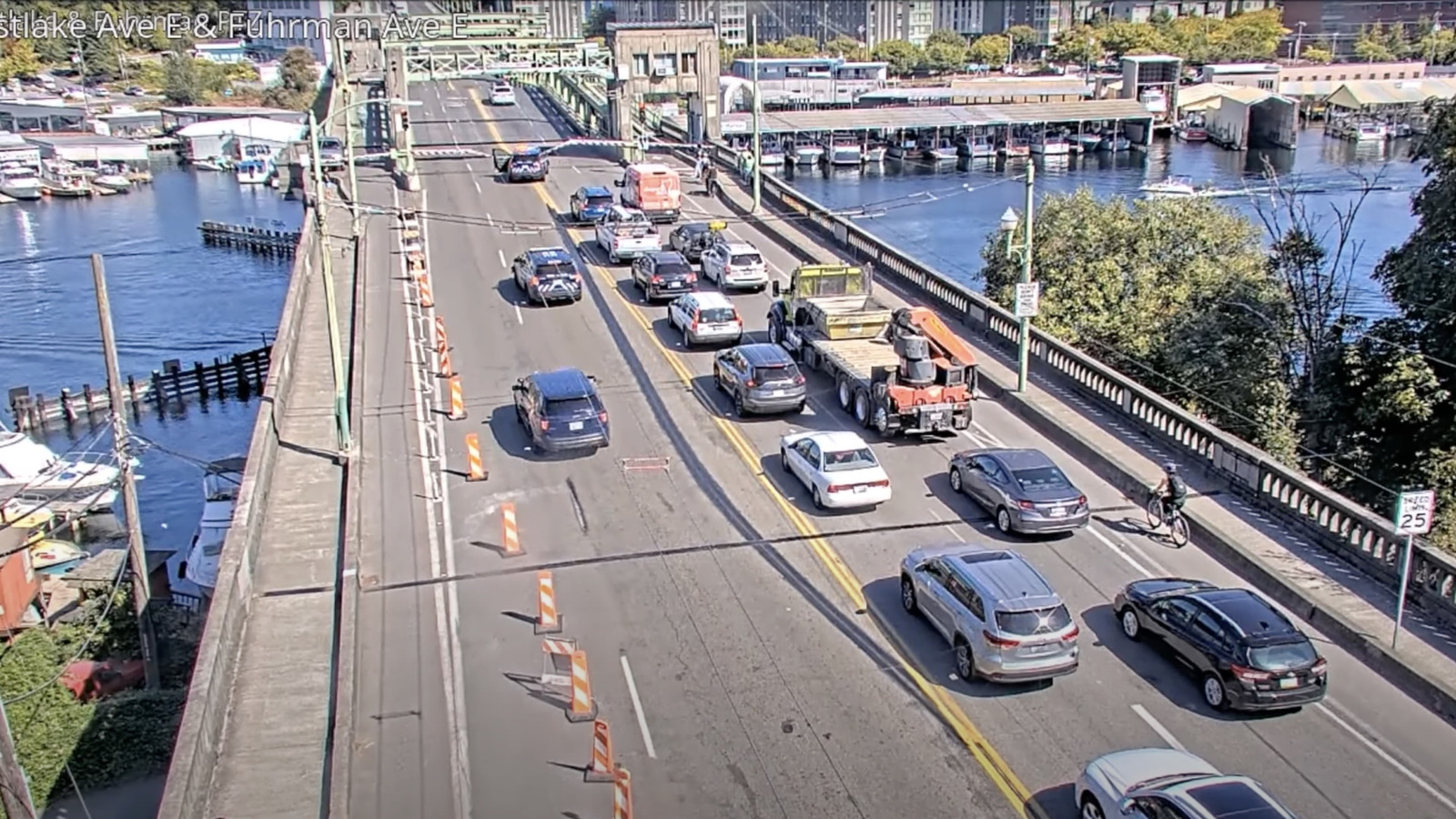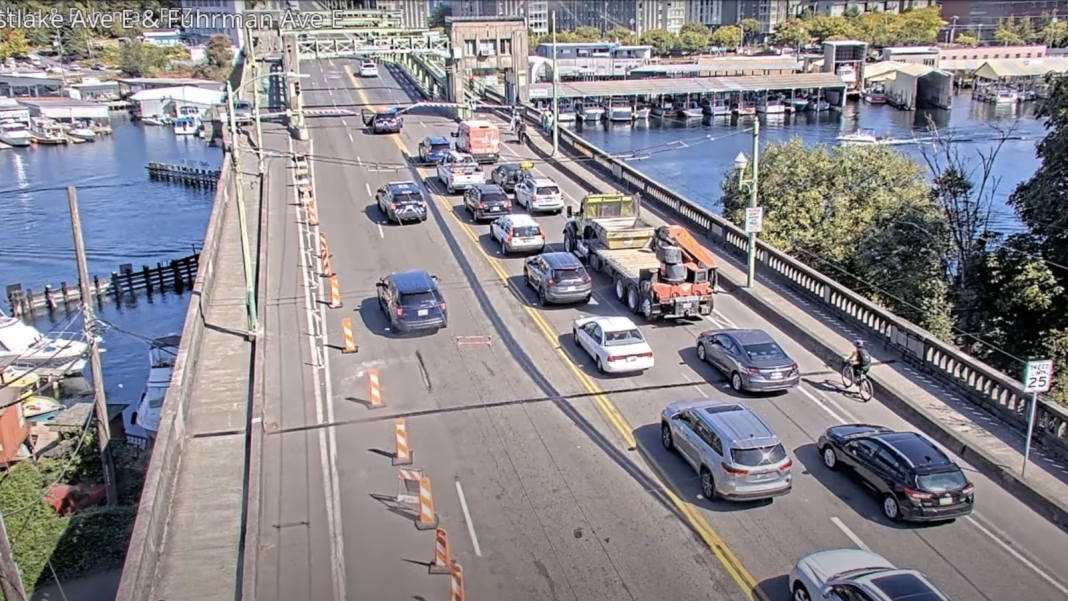What Really Happened When a Stolen Audi Q5 Jumped a Seattle Drawbridge?
You might’ve seen the wild footage: a stolen Audi Q5, sirens wailing in the background, barrels toward a rising Seattle drawbridge. In a split second, the driver makes a decision most of us would never even consider—flooring it, smashing through barriers, and launching the SUV over a yawning 40-foot gap. The car lands with a bone-jarring thud, barely missing a plunge into the water below. It’s the kind of scene you’d expect in a big-budget action movie, not a real-life city chase.
Why Would Someone Risk Jumping a Drawbridge?
Let’s get real for a second. Most people, even in a panic, would slam the brakes at the sight of a rising bridge. But when you’re behind the wheel of a stolen car with police in hot pursuit, logic sometimes takes a back seat. Experts in criminal behavior point out that high-stress situations can trigger what’s called “tunnel vision”—where the brain zeroes in on escape, ignoring almost everything else. In this case, the driver’s split-second calculation was simple: risk the jump or face certain arrest.
It’s not just about adrenaline, though. According to a 2023 report from the National Highway Traffic Safety Administration (NHTSA), police chases involving stolen vehicles have increased by 12% over the past five years. The combination of high-performance vehicles and desperate drivers is a recipe for stunts that defy common sense—and sometimes, gravity.
How Dangerous Was the Jump, Really?
Let’s break down the physics for a moment. The gap in the bridge was more than 40 feet—about the length of a city bus. The Audi Q5, a midsize luxury SUV, weighs over 4,200 pounds. Hitting that gap at speed, the car needed enough momentum not just to clear the distance, but to survive the landing. Structural engineers say that even a small miscalculation could have sent the vehicle nose-diving into the water or flipping end over end.
Seattle’s bridge operators, interviewed by local news outlets, described the event as “one of the most reckless stunts ever witnessed on city infrastructure.” The barriers are designed to stop traffic, not withstand a 2-ton vehicle at full throttle. In fact, city records show that drawbridge jumps are exceedingly rare—fewer than three incidents in the past decade, and none as dramatic as this.
What Was the Aftermath for the Driver and the City?
Miraculously, the driver survived the jump with only minor injuries, though the Audi was left in a mangled heap. Police quickly apprehended the suspect, who now faces a laundry list of charges, including grand theft auto, reckless endangerment, and fleeing law enforcement.
For Seattle, the incident triggered a review of bridge safety protocols. City engineers are now considering reinforced barriers and improved surveillance to prevent future attempts. Insurance experts estimate the damage to public property at over $100,000, not including the cost of emergency response and repairs.
Could This Happen Again?
While this particular jump was a one-in-a-million event, the rise in high-speed pursuits involving stolen vehicles is a growing concern for urban planners and law enforcement. The Insurance Institute for Highway Safety (IIHS) notes that cities with drawbridges or similar infrastructure are especially vulnerable to these kinds of stunts. Some cities are experimenting with retractable bollards and automated spike strips to deter would-be daredevils.
But the real solution, according to public safety advocates, lies in smarter policing and community outreach. Reducing car thefts in the first place—and minimizing the need for dangerous chases—can make a bigger difference than any physical barrier.
What Can Drivers and Residents Learn From This Incident?
If there’s a silver lining to this jaw-dropping event, it’s a renewed focus on public safety and infrastructure resilience. For everyday drivers, it’s a reminder to stay alert around bridges and construction zones—because you never know when someone else’s bad decision could put you in harm’s way.
For city officials, it’s a wake-up call to invest in both technology and training. As one Seattle transportation manager put it, “You can’t predict every wild scenario, but you can be ready for most of them.”
The big takeaway? Urban safety isn’t about perfection—it’s about smarter adjustments. Start with one change this week, and you’ll likely spot the difference by month’s end.


